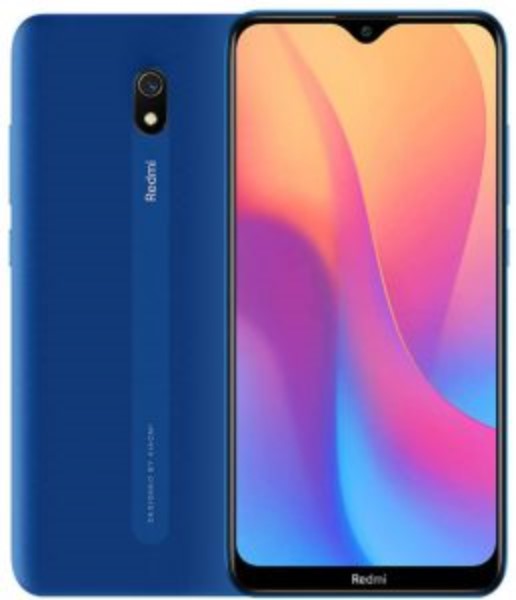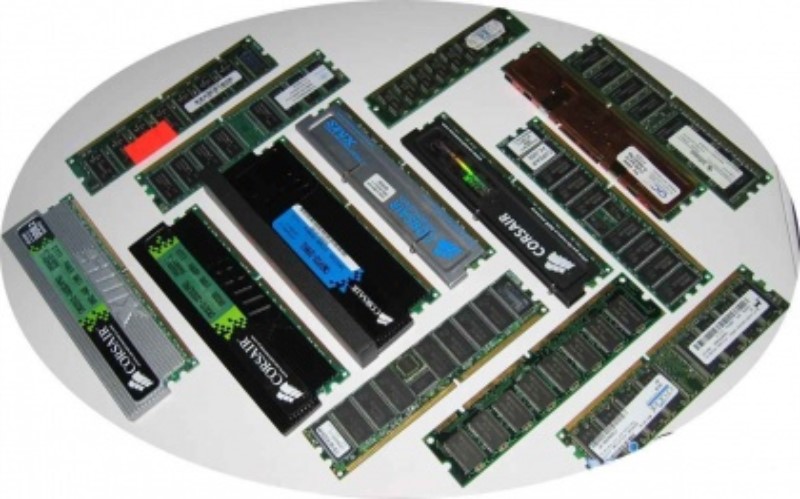


Welcome to our guide on the features of the Xiaomi Redmi Note 10. If you are looking for a smartphone with excellent value for money and a modern design, this device is for you! This smartphone has a wide variety of features that make it very attractive for any type of user. In this guide, we will detail everything you need to know about the Xiaomi Redmi Note 10: from its processing speed to its camera quality and much more.
If you are a person who pays attention to details, we are sure that you will love this Xiaomi smartphone. Whether you use it to browse the internet, send emails or play games, this device will allow you to do it all smoothly. Read on to discover everything you need to know about the features of the Xiaomi Redmi Note 10.
Screen and resolution of the Xiaomi Redmi Note 10

The screen of the Xiaomi Redmi Note 10 is of the 6.43-inch DotDisplay type with FHD+ resolution. This screen uses AMOLED technology, which means colors are more vibrant and images have higher contrast than a conventional LCD screen.
FHD+ resolution
The FHD+ resolution of the Xiaomi Redmi Note 10 screen is 2400 x 1080, which means that image details are sharp and clear. Additionally, this resolution allows for an immersive viewing experience, ideal for watching movies, playing video games, and browsing the web.
Dot Display Type
The screen of the Xiaomi Redmi Note 10 uses DotDisplay technology, which means that the front camera is integrated directly into the screen, allowing for a seamless viewing experience. In addition, the screen refresh rate is 60 Hz, which means that the image is fluid and without delays.
Processor and performance of the Xiaomi Redmi Note 10

Processor: The Xiaomi Redmi Note 10 comes equipped with an octa-core Snapdragon 678 processor with a maximum clock speed of GHz. This chip, although not high-end, still offers satisfactory performance in everyday tasks and most popular games. In addition, it incorporates an Adreno 612 GPU that allows for a smooth gaming experience.
Performance: The Xiaomi Redmi Note 10 has a smooth performance thanks to its processor and its 4 GB or 6 GB of RAM, depending on the version. Transitions between apps are smooth and the most demanding apps run smoothly. Also, the phone comes with Android 11 along with Xiaomi’s MIUI 12 customization layer. This combination offers an attractive and customizable user interface, as well as useful features such as split screen functionality and dark mode throughout the interface.
Processor and performance in the Pro version
Processor: The Xiaomi Redmi Note 10 Pro incorporates the octa-core Snapdragon 732G processor with a maximum clock speed of GHz. This chip is a significant upgrade compared to the Snapdragon 678 in the Xiaomi Redmi Note 10, resulting in even better performance. in everyday tasks and in demanding games.
Performance: The Xiaomi Redmi Note 10 Pro has excellent performance compared to its counterpart, the Xiaomi Redmi Note 10. In addition to its more powerful processor, the Pro version comes with either 6 GB or 8 GB of RAM, allowing for more applications. in the background and an even better multitasking experience. It also comes with Android 11 and Xiaomi’s MIUI 12 customization layer, which ensures a smooth and customizable user interface, as well as useful features such as split-screen functionality and dark mode across the interface.
Rear and front camera of the Xiaomi Redmi Note 10

Rear camera
The Xiaomi Redmi Note 10 has a quad rear camera, led by a 48-megapixel (MP) main sensor. Alongside that sensor are an 8MP ultra-wide lens, a 2MP macro lens, and a 2MP depth sensor. With this setting, the device is capable of capturing high-quality photos in various situations, including night scenes, landscapes, and close-ups.
The rear camera of the Xiaomi Redmi Note 10 also has a variety of functions and photography modes that increase its versatility. Some of these modes include night mode, portrait mode, macro mode, and pro mode, which allows users to manually adjust camera settings to capture personalized photos.
Front camera
The front camera of the Xiaomi Redmi Note 10 has a 13MP sensor and is capable of taking high-quality selfies. In addition to taking photos, the front camera can also record videos in Full HD resolution. Like the rear camera, the front camera also features various photo modes, such as beauty mode and portrait mode, which allow users to customize their photos according to their preferences.
Battery and duration of the Xiaomi Redmi Note 10

Battery capacity: The Xiaomi Redmi Note 10 comes equipped with a large 5000 mAh battery, which makes it one of the most powerful batteries that we can find in a mid-range smartphone. In addition, the device has a fast charge of up to 33W, which allows the battery to be charged to 100% in just over an hour.
Battery duration: Thanks to its large capacity, the Xiaomi Redmi Note 10 battery is capable of lasting all day with normal use and even a little longer if used more moderately. It should also be noted that the device has a smart battery optimization that helps to further extend the battery life. In general terms, we can affirm that the autonomy of the Xiaomi Redmi Note 10 is one of its strengths.
Power saving mode
Power saving mode: The Xiaomi Redmi Note 10 has a power saving mode, which is automatically activated when the battery is below 10%. This mode reduces power consumption by limiting certain features, such as brightness, vibration, and background updates, allowing the user to continue using the device for longer before the battery is completely depleted. Additionally, power saving mode can also be manually activated at any time to further extend battery life.
Display power consumption
Display power consumption: The screen of the Xiaomi Redmi Note 10 is one of the elements that consumes the most energy on the device. However, the device features an AMOLED display that is more energy efficient than other displays. In addition, your device has several features that help reduce screen power consumption, such as the Auto Brightness feature, which automatically adjusts the screen brightness to the ambient light conditions, and the Always On Display feature, which allows you to display basic information on the screen without having to turn it on completely.
RAM memory and internal storage of the Xiaomi Redmi Note 10

RAM: The Xiaomi Redmi Note 10 comes in two RAM variants, 4GB and 6GB. Both variants are sufficient for most daily tasks, such as surfing the internet, using social media apps, and playing media. The 6GB RAM variant offers better multitasking performance and can easily handle more intensive applications like more demanding games.
Internal storage: The Xiaomi Redmi Note 10 comes with 64GB and 128GB internal storage options. Both options are sufficient for most users, however, if you plan to store a large number of photos, videos, or applications, you may want to consider the 128GB option. Furthermore, the Redmi Note 10 also supports microSD cards up to 512GB, which means you can easily expand the storage capacity of the device when needed.
Xiaomi connectivity and sensors redmi note 10
connectivity
The Xiaomi Redmi Note 10 has 4G LTE connectivity, Wi-Fi ac dual-band, Bluetooth 5.0, GPS, NFC and infrared port. Wi-Fi has the ability to connect to and 5 GHz networks to increase connection speeds. In addition, NFC enables quick and easy mobile payments and file transfers between compatible devices.
On the other hand, the presence of the infrared port in the Xiaomi Redmi Note 10 allows the phone to be used as a universal remote control for various devices such as televisions, air conditioners, among others.
sensors
The Xiaomi Redmi Note 10 has a wide variety of sensors such as lateral fingerprint, accelerometer, gyroscope, compass, distance sensor, and ambient light sensor. The fingerprint sensor allows you to unlock the phone quickly and securely, while the accelerometer and gyroscope are required to play motion sensor games.
The distance sensor allows you to make calls without holding the phone to your ear, while the ambient light sensor adjusts screen brightness based on surrounding conditions. Finally, the compass is a useful sensor for navigation, since it allows you to know the direction in which you are moving.
Design and dimensions of the Xiaomi Redmi Note 10

Design of the Xiaomi Redmi Note 10
The design of the Xiaomi Redmi Note 10 is elegant and modern. The back is made of glass with a matte finish that gives it a premium look. The rear camera module is rectangular in shape and is located at the top left of the device. On the front, there is a perforated screen in the upper center to house the front camera.
Dimensions of the Xiaomi Redmi Note 10
The Xiaomi Redmi Note 10 has dimensions of 160.5 x 7x 8.3 mm and weighs 178.8 grams. This makes it comfortable to hold and carry in your pocket. The thickness of the device is only 8.3mm, making it slim and easy to manipulate with one hand. In addition, the device has an IP53 certification, which makes it resistant to dust and splashes of water.
